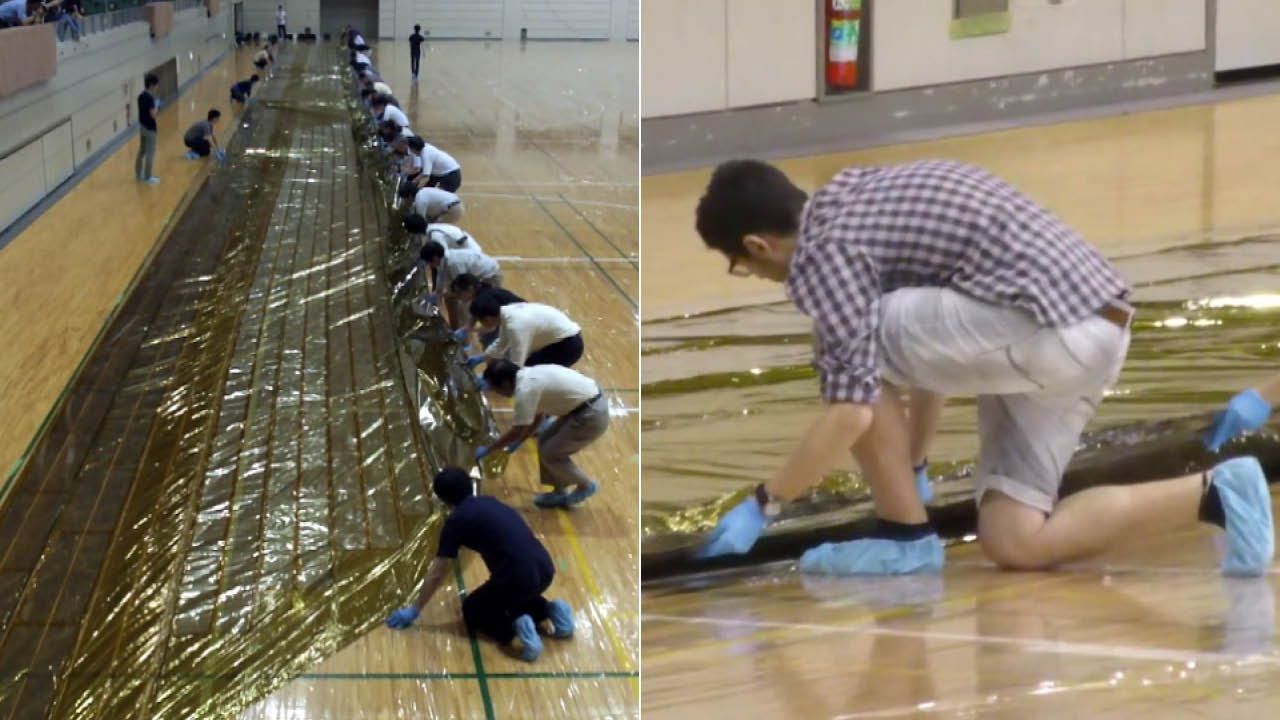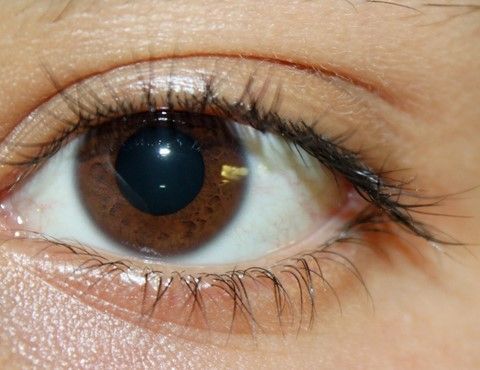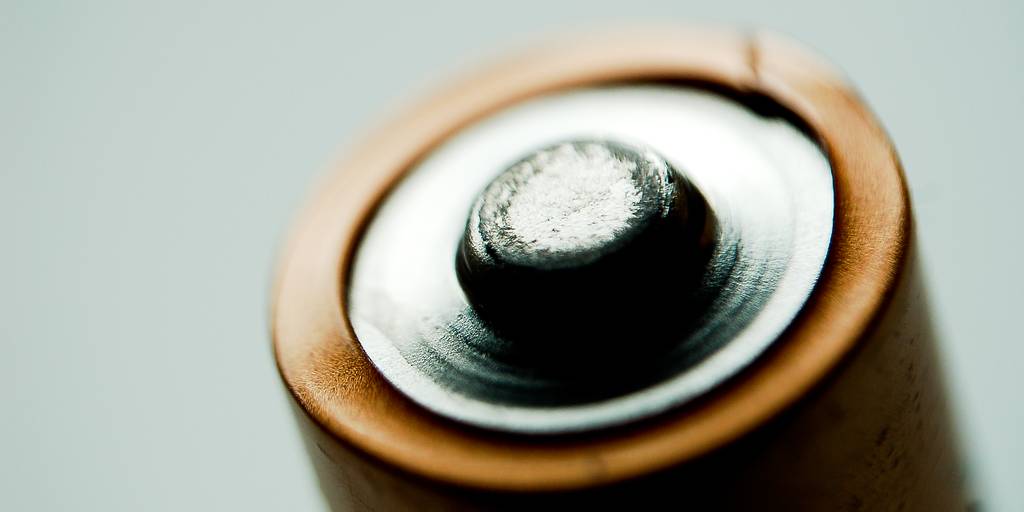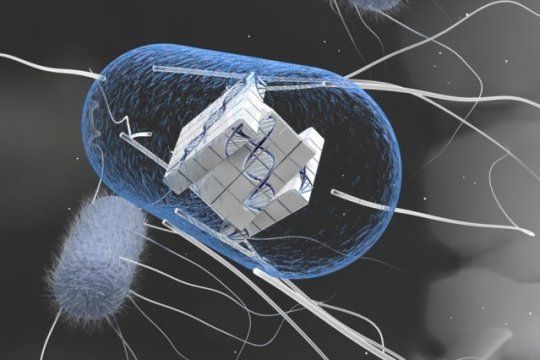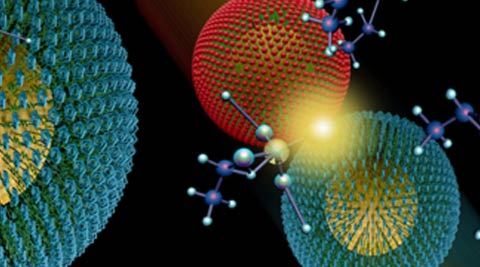Another reason why we must look at all avenues of progress in Quantum. This particular discovery enriches many areas of material enrichment, QC (communications and information processing), etc. Limiting QC to only alerts from Google or maybe 1 other vendor is truly a mistake.
An international team of researchers has predicted the existence of several previously unknown types of quantum particles in materials. The particles — which belong to the class of particles known as fermions — can be distinguished by several intrinsic properties, such as their responses to applied magnetic and electric fields. In several cases, fermions in the interior of the material show their presence on the surface via the appearance of electron states called Fermi arcs, which link the different types of fermion states in the material’s bulk.
The research, published online this week in the journal Science, was conducted by a team at Princeton University in collaboration with researchers at the Donostia International Physics Center (DIPC) in Spain and the Max Planck Institute for Chemical Physics of Solids in Germany. The investigators propose that many of the materials hosting the new types of fermions are “protected metals,” which are metals that do not allow, in most circumstances, an insulating state to develop. This research represents the newest avenue in the physics of “topological materials,” an area of science that has already fundamentally changed the way researchers see and interpret states of matter.
The team at Princeton included Barry Bradlyn and Jennifer Cano, both associate research scholars at the Princeton Center for Theoretical Science; Zhijun Wang, a postdoctoral research associate in the Department of Physics, Robert Cava, the Russell Wellman Moore Professor of Chemistry; and B. Andrei Bernevig, associate professor of physics. The research team also included Maia Vergniory, a postdoctoral research fellow at DIPC, and Claudia Felser, a professor of physics and chemistry and director of the Max Planck Institute for Chemical Physics of Solids.
Read more
